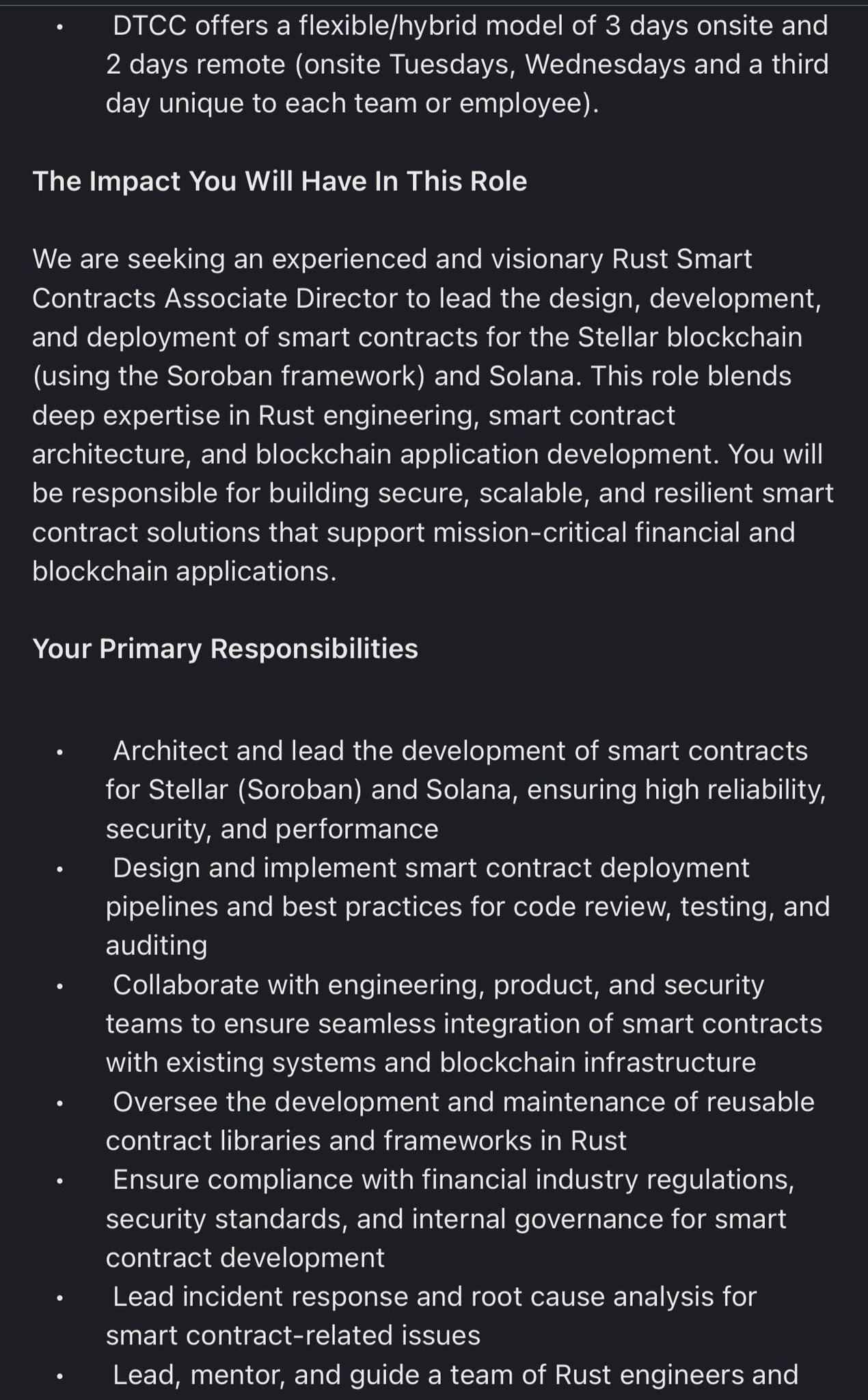(In Mastercard News)
For the last century or so, cash and checks have been the methods of choice for doing business, although more recently, electronic bank transfers have allowed us to make payments directly from our bank accounts instead.
But even today, checks can still take a day or longer to clear, and the speed of electronic bank transfers are dependent on a country’s banking infrastructure. Traditionally, they have been processed in large batches once a day or several times a day and didn’t process electronic payments at all at night or on weekends.
This slowness can create significant uncertainty, especially for people struggling to make ends meet or for small business owners, who rely on receiving payments promptly to support their cash flow. And for economies where cash is still king, there is the constant risk of theft, the inability of businesses to scale beyond their communities, and the murkiness of untraceable transactions.
Countries are investing in their banking infrastructure to help money move much faster than checks and more securely than cash, bringing the benefits of the digital economy to more people and businesses. These upgraded systems are dubbed “real-time payments,” also known as “instant payments,” “faster payments” or “immediate payments.”
Research has shown that people value real-time payments for their convenience and accuracy — a 2020 survey of consumers in six markets on three continents revealed that people consider real-time payments as important or more important than access to the internet, next-day delivery and even everyday utilities. Three-quarters of people say they would like all digital payments to be in real time.
But speed is only part of the reason countries are investing in real-time payments. Here are the other benefits (and one concern) and what this means for how we will spend our money in the future:
What are real-time payments (RTP)?
Real-time payments are payments made between bank accounts that are initiated, cleared and settled within seconds, at any time of the day or week, holidays and weekends included. This improves transparency and confidence in payments, helping consumers, banks and businesses manage their money.
Where are real-time payments available?
Japan’s Zengin system started processing payments in real-time speed in 1973, but it only went 24/7 in 2018. Switzerland followed in 1987, and the pace picked up after the turn of the 21st century.
Today, nearly six dozen countries on six continents support real-time payments, with $118.3 billion in transaction volume in 2021 — year-on-year growth of 65%, according to ACI Worldwide’s 2022 Prime Time for Real-Time report. India, which launched its rapidly growing Unified Payments Interface real-time payments platform in 2016, is the largest market by volume, with $48.6 billion in transactions, followed by China, Thailand, Brazil and South Korea.
When Mastercard helped Thailand launch its real-time payments service, PromptPay, in 2016, people in the country made only 48 digital transactions per year, on average. Four years later, that number had jumped to 200, with PromptPay becoming one of the fastest-growing real-time payment services in the world. Additionally, real-time payments systems are now becoming regional: Singapore’s PAYNow linked its platform to PromptPay in 2021, enabling cross-border real-time payments with the same simple user experience as domestic payments.
Another interesting initiative to watch is P27. Developed by Mastercard, it will establish a single pan-Nordic payment infrastructure with instant payments across four different currencies, reducing inefficiencies with operating multiple payment systems to serve citizens and businesses with such close relationships just across the border.
Besides speed, are there other benefits to real-time payments?
The slow rollout of stimulus checks in the U.S. in the early months of the pandemic underscored one of the benefits of real-time payments: the need for speed during an economic crisis. Speed is also key in disaster relief, particularly when brick-and-mortar banks are closed and people are dependent on cards and mobile wallets to receive aid.
But payment experts will tell you that speed is almost beside the point. Immediate payments with instantaneous clearing and settlement reduces the amount of money locked in processing, improving cash and liquidity management for businesses and giving consumers a much clearer picture of their finances.
Real-time payments are also transmitted in tandem with more data formatted to a global messaging standard. This gives businesses the ability to automatically reconcile payments, improving efficiency in the back office and making it easier to resolve errors and reduce processing delays. (Every transaction that fails to post or requires manual intervention to resolve can cost a company between $50 and $60, industry estimates suggest.)
And these real-time payments are irrevocable, making it harder to renege on contracts and encouraging other innovations to improve efficiencies, such as payment on delivery. At any given time, delayed payments may total as much as $3 trillion globally, disproportionately affecting small businesses.
Some countries also see payments modernization as the path to wider financial inclusion. In addition to real-time payments, Thailand’s PromptPay gives all citizens the ability to make and receive payments using their phone number, citizen ID or a QR code, helping connect more unbanked people to the financial world.
If payments are happening faster, will real-time payment fraud be harder to catch?
Fraudsters are always trying to find ways to exploit new technologies. With the introduction of real-time payment systems, new kinds of fraud are on the rise, such as authorized push payment fraud. That’s when a fraudster tricks their victim into transferring funds into their account by pretending to be a legitimate payee, such as a business.
Advances in fraud detection software, including machine learning and behavioral analytics, do make unusual urgent requests and fake invoices easier to spot — in real time — but some governments are considering legislation to ensure more support for victims.
For example, in the U.K., frameworks like Confirmation of Payee have been rolled out to check account details instantly against the name of the account holder and help prevent cases of authorized push payment fraud. The U.K.’s real-time payments scheme Pay.UK also introduced the Mule Insights Tactical Solution (MITS), which tracks the flow of fraudulent transactions used in money laundering through bank and credit union accounts. It identifies these accounts and stops the proceeds of crimes from moving deeper into the system — and can help victims recover their funds.
Will real-time payments be the end for checks?
The U.S. is one of the few countries that remains somewhat reliant on checks, but even there, checks have been in decline for decades, dropping 80% in sheer number processed through the Federal Reserve between 1991 and 2021. The use of checks remains relatively high in business-to-business transactions, with checks accounting for more than 50% of overall transaction value of B2B payments, according to a Mastercard analysis. However, they can be costly to process and can take days to process. Electronic bank payments and cards are making inroads, and the pandemic lockdowns, which resulted in millions of checks languishing for weeks or months in mailrooms, underscored the need to move away from paper-based payments.
Besides B2B payments, what are other types of payments that could benefit from real-time payments?
Peer-to-peer payments, in which people directly pay one another from their bank accounts via an app, have been integrated with real-time payments, raising consumer expectations for payment speed.
Real-time payments should also make it easier and faster for people to pay bills, make payment on delivery or make payments on e-commerce marketplaces directly from their bank account, while also making reimbursements — for medical claims or insurance — easier and faster. Real-time payments could also be used to streamline supply chain finance, notoriously paper-heavy, which could ease gridlock in supply chains.
Do real-time payments cost more for businesses and consumers to use?
No. Real-time payments cost about the same as noninstant electronic payments overall, at about $1.95 for 10 transactions per capita, according to a 2019 report. This is significantly less than checks, at $2.79 per 10 transactions.





























